Skinning uphill can be exhausting, but small changes make a huge difference. The key? Focus on technique, pacing, and gear. Use shorter strides, glide instead of lifting your skis, and keep your posture upright. Sync your breathing with your steps, and start slow to avoid burning out early. Lightweight gear like Snowfeet* (shorter and easier to maneuver) reduces strain and helps you move efficiently.
Want to save even more energy? Use poles correctly, manage your layers to prevent overheating, and maintain your climbing skins for better grip. These simple adjustments make uphill travel smoother and less tiring. Let’s break it down step-by-step.
The SECRET To Ski Touring Uphill Faster Than Everyone Else
Body Movement Techniques for Energy Efficiency
Moving efficiently is the secret to saving energy when heading uphill. By focusing on gliding, taking shorter strides, and using poles effectively, you can make your ascent smoother and less tiring. Compact Snowfeet* skis, with their lightweight design, are perfect for mastering these techniques.
Gliding Instead of Walking
Think of skinning as more of a glide than a hike. Instead of lifting your skis completely with each step, let them stay in contact with the snow to create a smooth, continuous motion. This approach uses momentum to your advantage, cuts down on energy use, and keeps your grip steady. Snowfeet* skis - available in options like 65 cm or 99 cm - are designed to enhance this gliding motion, making it easier to stay in control, even on tricky terrain.
Short Strides and Proper Posture
To keep the glide going, pair it with short, deliberate steps and good posture. Stand upright, and avoid leaning too far forward or backward, as either can throw off your balance or reduce grip. Shortening your stride is especially helpful on steeper slopes, where control and energy conservation are key. Think of your legs as natural shock absorbers, constantly adjusting to keep you moving efficiently without wearing yourself out too quickly.
Using Poles Effectively
Poles are your best friends for maintaining rhythm and stability. Sync your pole plants with your strides to keep a steady pace. When tackling switchbacks or making kick turns, plant your poles wider and to the side of your ski tips to create a solid pivot point. Just remember, poles should enhance your movement - not take on all the work. Let them support your glide and keep you balanced as you climb.
Pacing Strategies for Uphill Efficiency
Getting your pacing right can completely change your uphill skinning experience. The goal? Keep a rhythm that feels sustainable for hours so you arrive at the top energized, not wiped out.
Maintaining a Steady, Moderate Pace
A common rookie mistake is starting out too fast. Your body needs time to adjust, especially when you're hauling extra gear. Aim to begin at about 60–70% of your maximum effort. This pace should feel manageable - like you could hold a conversation without gasping for air.
Snowfeet* skis (available in 65 cm or 99 cm lengths) are much lighter than traditional alpine skis (typically 150–180 cm), making it easier to maintain a steady pace with less effort.
Think of uphill skinning like running a marathon, not a sprint. You want to find that sweet spot where you're moving steadily without burning out. If you're out of breath within 10 minutes, slow down. A consistent pace naturally encourages rhythmic breathing, which is key to keeping your energy levels steady.
Breathing and Rhythm
Your breathing plays a huge role in how efficiently your muscles perform. Calm, steady breaths keep your body moving smoothly, no matter the intensity. As you skin uphill, focus on deep, rhythmic breathing that matches your steps.
Try this: inhale for two steps, exhale for two steps. This rhythm helps you avoid holding your breath during tougher sections. Over time, training your respiratory muscles can make them more efficient, meaning they need less oxygen - leaving more for the rest of your body.
At higher altitudes, breathing becomes even more important. With thinner air, your body has to work harder to get the oxygen it needs. Take longer, deeper breaths and pause briefly if needed to stay in control instead of letting your breathing spiral into panic.
Layer Management to Prevent Overheating
Managing your body temperature is just as important as pacing. Skinning uphill generates a lot of heat, so using moisture-wicking layers can help you conserve energy. A smart layering strategy can do wonders for your efficiency.
"Be bold, start cold. When starting out skinning this typically holds true. Knowing that you will heat up very soon after you start skinning is a good thing to be aware of. Knowing the temps you are likely to see for the day and having a good layering system is a key part of your daily efficiency." – Aurora Backcountry Pass
Start with fewer layers because your body will warm up quickly - usually within the first 5–10 minutes. Overheating can drain your energy fast, and sweating too much can leave you chilled once you stop or head downhill.
Choose moisture-wicking, breathable fabrics instead of cotton, which traps sweat. Be ready to adjust your layers often - whether that means removing a jacket, opening vents, or adding a layer during breaks. A small backpack (15–20 liters) is perfect for storing layers. For example, stash a light jacket or vest for the climb and a heavier jacket for the descent. On colder days, keep a puffy jacket handy at the top of your pack for quick warmth during transitions.
Snowfeet* gear’s lightweight design also helps reduce overexertion and overheating. Traditional heavier skis make your muscles work harder, generating more internal heat and forcing you to adjust your layers constantly. With lighter gear, your body temperature stays more consistent throughout the climb. Combine smart layering with steady pacing and controlled breathing, and you’ve got a winning strategy for uphill skinning success.
sbb-itb-17ade95
Why Snowfeet* Outperforms Traditional Skis for Uphill Travel
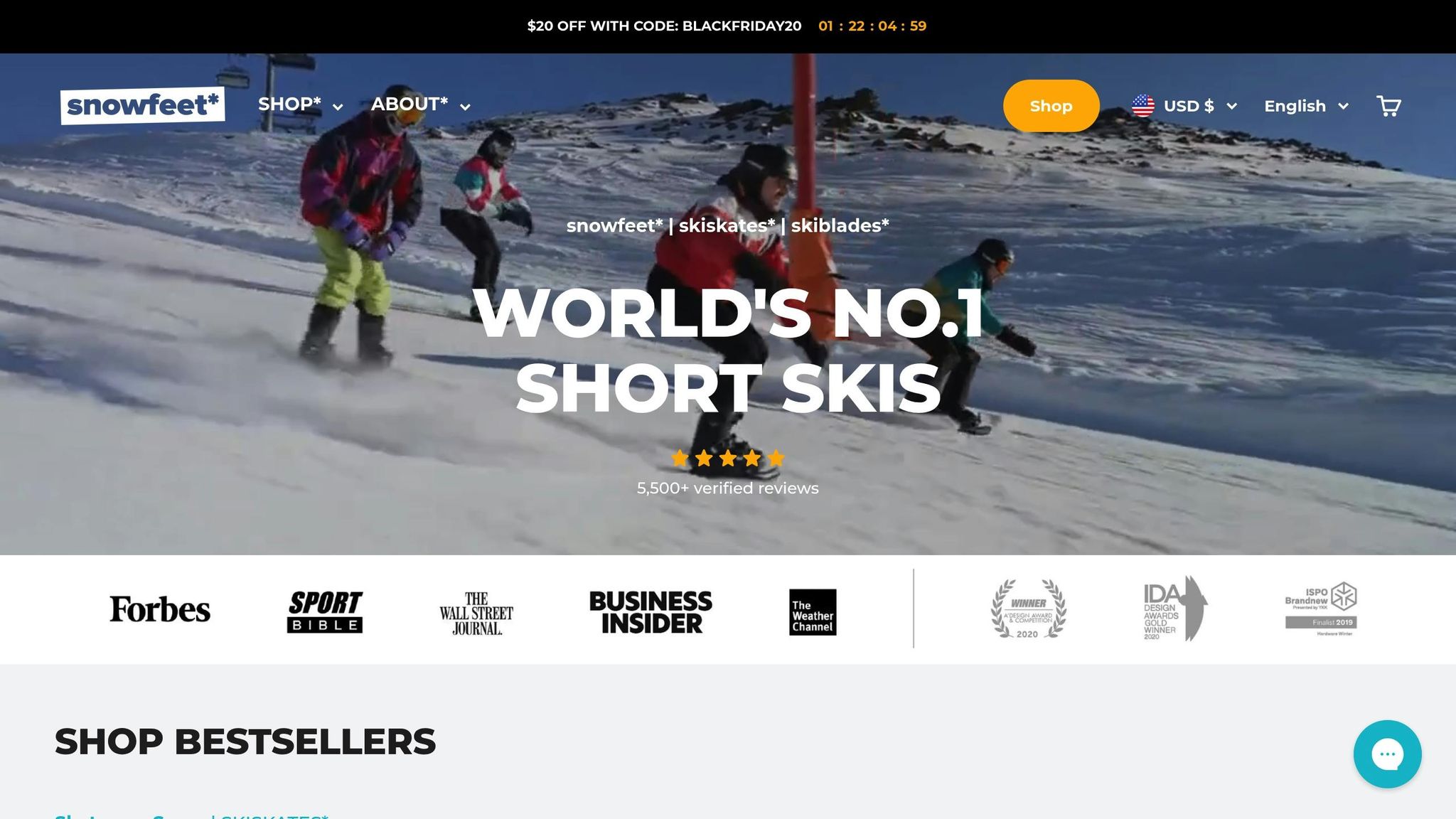
Climbing uphill on snow-covered trails can be exhausting, especially when you're lugging around heavy, complex gear. Traditional alpine skis and snowboards often weigh you down and sap your energy on steep ascents. Snowfeet* gear, designed with lightweight efficiency in mind, makes those climbs much easier and less tiring. It’s a smart choice for anyone looking to conserve energy while tackling uphill terrain.
Key Benefits of Snowfeet* Products
Lightweight and Easy to Maneuver
Snowfeet* products are designed to be light on your legs, which means less strain and more energy saved during long climbs. Their compact size also makes them super nimble, especially on narrow or tricky trails. You’ll have an easier time avoiding obstacles like rocks, branches, or uneven snow.
Compatible with Regular Boots
Unlike traditional setups that force you into bulky, stiff ski boots, Snowfeet* works with your everyday winter or lightweight hiking boots. This not only cuts down on the overall weight but also gives you a more natural and comfortable walking motion on flatter terrain.
Simple to Use
Traditional alpine touring gear can be complicated, with tricky bindings and transition techniques that take time to master. Snowfeet* gear keeps things straightforward, so you can focus on the climb without getting bogged down by technical details.
Comparison with Traditional Skis and Snowboards
Here’s how Snowfeet* stacks up against traditional equipment:
| Feature | Snowfeet* Products | Traditional Equipment |
|---|---|---|
| Weight | Lightweight for easier climbs | Heavier, adding strain |
| Length | Compact and agile | Longer, less maneuverable |
| Boot Compatibility | Works with standard winter and hiking boots | Requires specialized, heavy ski boots |
| Uphill Efficiency | Designed for less effort per step | Bulkier, requiring more energy |
| Portability | Fits easily in a backpack | Bulky, harder to carry |
| Setup Time | Quick and simple | More time-intensive |
The difference is clear: Snowfeet* gear is all about efficiency, reducing the effort needed with every step. This means less fatigue and more enjoyable touring sessions.
Adaptable for Various Terrain
Thanks to their short and lightweight design, Snowfeet* products shine in tricky backcountry conditions. Whether you’re weaving through dense trees or navigating rocky patches, their agility makes the job easier. Plus, they help reduce muscle fatigue, so you can keep going longer without feeling wiped out.
WALKSKI Backcountry Touring Skis
If you're looking for a product that balances uphill ease with downhill stability, Snowfeet* WALKSKI Backcountry Touring Skis are a fantastic option. They combine a lightweight build with reliable performance, making them a solid choice for both seasoned adventurers and newcomers alike.
Advanced Tips and Common Mistakes to Avoid
Taking good care of your gear can make those long climbs feel a whole lot easier. These advanced tips will help you keep your Snowfeet* gear in top shape, ensuring solid traction and reducing wear and tear.
Keeping Climbing Skins in Peak Condition
Properly maintaining your climbing skins can save you a ton of energy. Here's how:
- Sharp Edges Matter: Use Snowfeet*'s sharpening stone or visit a ski service to keep the metal edges sharp.
- Wax for Smooth Glides: Apply liquid wax to the base to stop snow from sticking and to maintain traction.
- Posture Counts: Stand tall and focus your weight toward the middle and back of your feet. This helps with stability and makes climbing more efficient.
Don’t overlook these steps - they’re small efforts that make a big difference.
Using Heel Risers the Right Way
Heel risers can be a game-changer, especially on steep climbs. Make sure you're setting them up correctly to get the full benefit. Misusing them can lead to discomfort or reduced efficiency, so double-check their position before heading out.
Common Maintenance Mistakes to Avoid
Neglecting your gear can lead to poor performance or even damage. Here's a quick tip: after each adventure, dry off the metal edges to prevent rust. For extra protection, wipe them down with a bit of oil before storing your gear.
A little care goes a long way toward keeping your gear ready for action!
Key Takeaways for Energy-Efficient Uphill Skinning
Getting the hang of energy-efficient uphill skinning comes down to three main things: technique, pacing, and smart gear choices. One of the best adjustments you can make is shifting from lifting your skis to gliding them along the snow. This simple change can save you a ton of energy.
Focus on keeping a relaxed, upright posture with a slight bend in your knees to handle changing terrain. Take short, controlled steps, especially on steeper slopes, to maintain good skin contact with the snow. When crossing slopes, roll your ankles outward to avoid slipping. These small adjustments can make a big difference in how efficiently you move.
Stick to a steady, moderate pace. Adjust your speed based on the terrain - go faster on gentler slopes and slow down on steeper ones. This approach not only helps you breathe more easily but also prevents you from burning out with sudden bursts of effort. Pairing this pacing strategy with lightweight gear makes the climb feel smoother.
Speaking of gear, lighter is better. Traditional long skis (often over 170 cm or 67 inches) can drag and require more effort with each step. Snowfeet* products, like the 65 cm (about 26 inches) Skiblades or the 99 cm (around 39 inches) models, are compact and lightweight. These options reduce leg fatigue and allow for a more natural stride, giving them an edge over bulkier, traditional equipment.
Lastly, make good use of heel risers and your poles. Adjust your heel risers to match the slope's steepness and sync your pole plants with your strides to maintain a smooth, rhythmic motion. It’s all about working smarter, not harder!
FAQs
How does Snowfeet* gear help conserve energy compared to traditional skis during uphill climbs?
Snowfeet* gear is built to make uphill climbs a whole lot easier compared to traditional skis. With their lightweight and compact design, options like the Snowfeet* Skiblades (available in 65 cm or 99 cm) and the WALKSKI Backcountry Touring Skis (100 cm) take the strain off every step, letting you save energy during long ascents.
Unlike traditional skis, which can be bulky and heavy, Snowfeet* gear is designed for smoother, more efficient movement. The reduced weight and better portability mean less effort on your part, making uphill adventures feel less like a workout and more like fun.
How can I conserve energy and keep a steady pace while skinning uphill?
To save energy and keep a steady rhythm while skinning uphill, it’s all about moving smart and pacing yourself. Instead of lifting your skis with every step, try gliding them forward - this helps cut down on wasted energy. Adjust your stride depending on the slope: go for longer strides on gentle terrain and shorten them when tackling steeper sections.
Stay upright and centered over your skis to avoid putting unnecessary strain on your body. Keep your speed consistent and manageable to avoid burning out too quickly. Lightweight gear, like Snowfeet Skiblades or WALKSKI Backcountry Touring Skis, can make a big difference - less weight means less effort, which makes those uphill climbs feel a lot easier. And when the incline gets serious, heel risers can be a game-changer, reducing the load on your legs and helping you stay efficient.
What’s the best way to stay cool and avoid overheating while skinning uphill?
To keep cool and avoid overheating during uphill climbs, stick to moisture-wicking, breathable layers that you can adjust on the go. Start with lighter clothing to avoid overheating early in your trek, and layer up if the temperature drops. A quick unzip of your jacket or removing a hat can do wonders for your energy levels and overall comfort - overheating can drain you fast.
Lightweight gear, like Snowfeet® Skiblades or Snowfeet® WALKSKI Backcountry Touring Skis, can also make a big difference. These compact, portable options are built for efficiency, helping you maintain your pace without wearing yourself out. It’s all about staying comfortable and enjoying the climb!
Related Blog Posts
- The Basics of Uphill Skiing (Skinning) for Backcountry Access
- What Are the Essential Items for a Small Backcountry Day Pack (Beyond Avalanche Gear)?
- How Hard Is Backcountry Skiing for Beginners? What to Expect on Your First Tour
- How Strong Do You Need to Be for Backcountry Skiing? Real Training Benchmarks






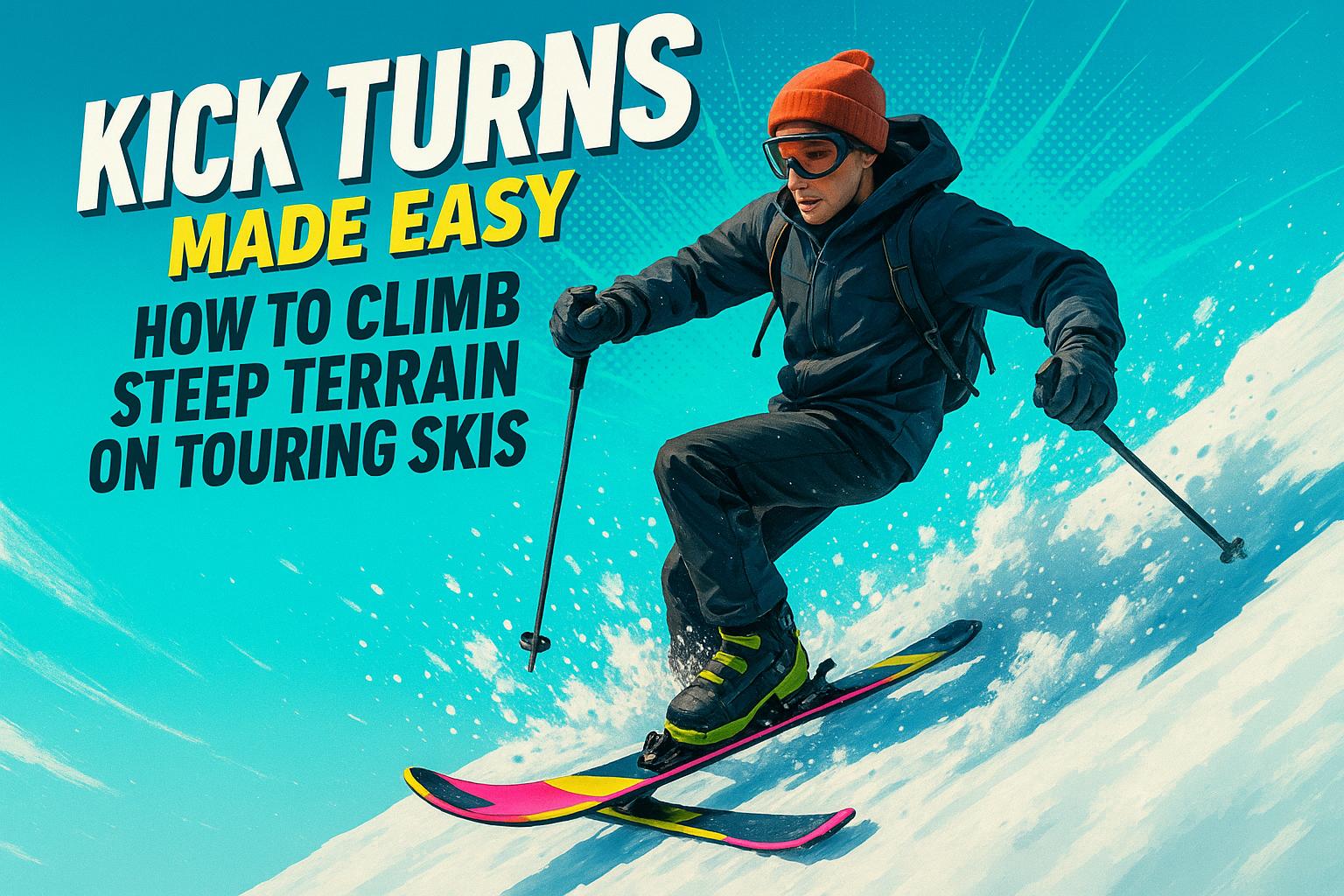
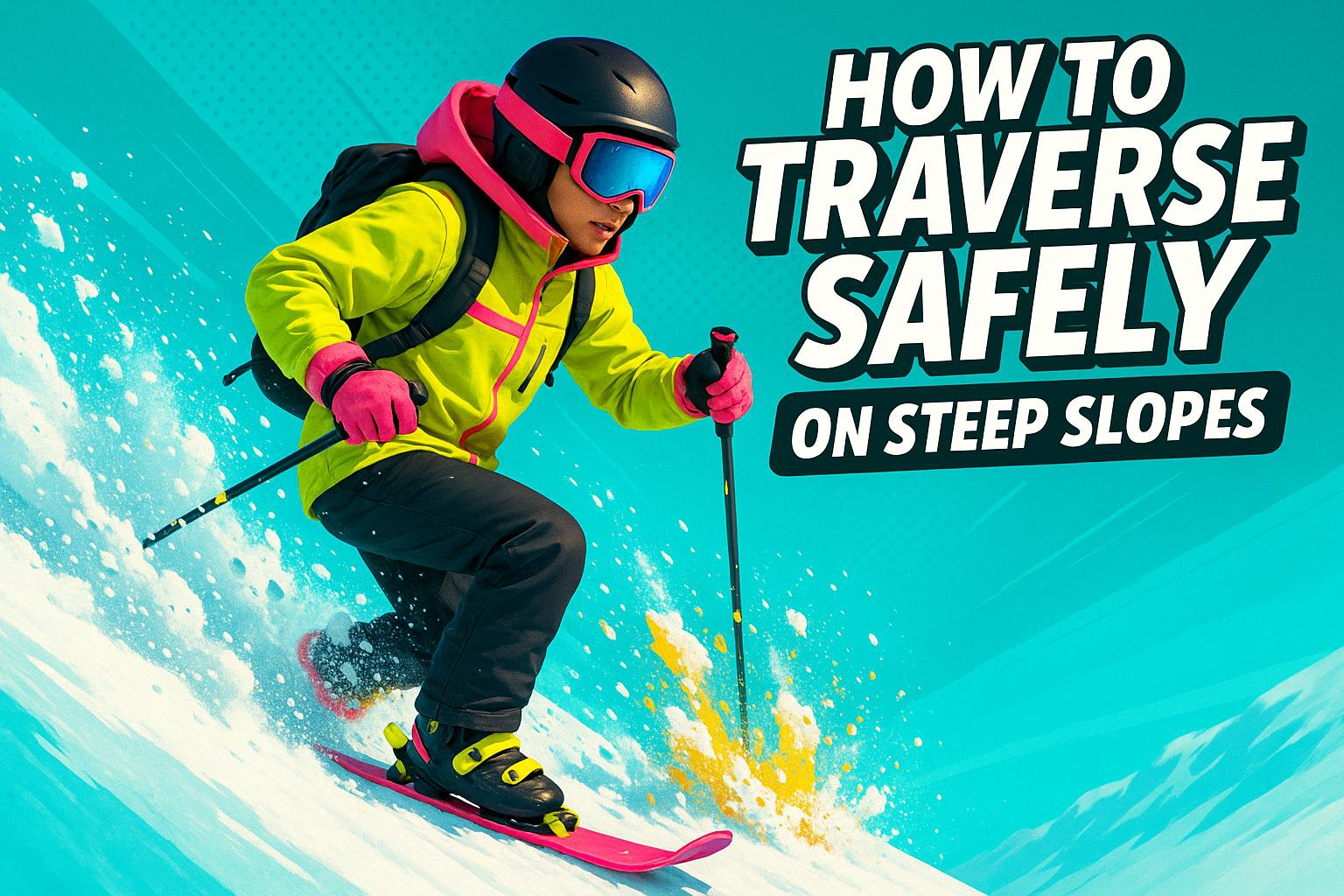
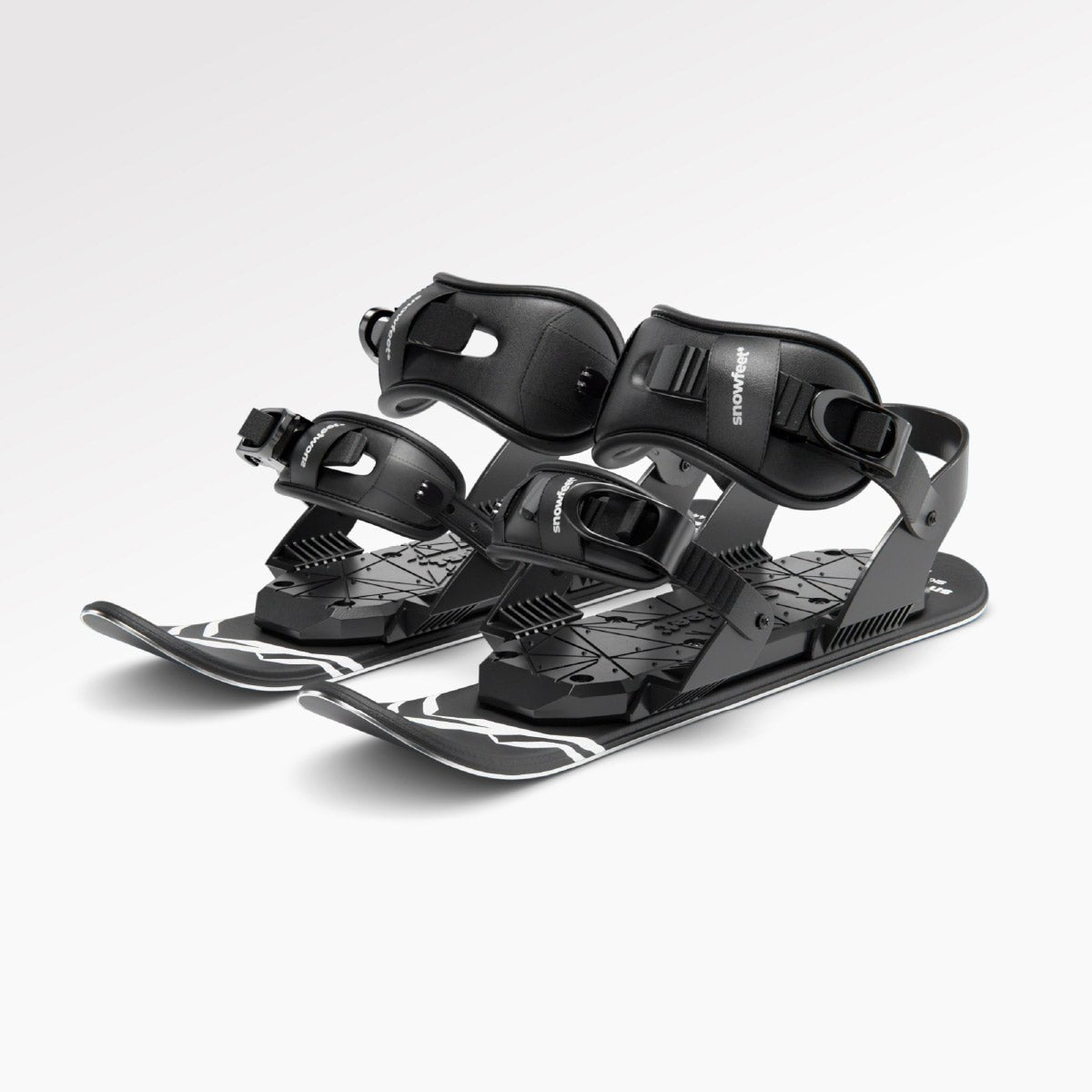



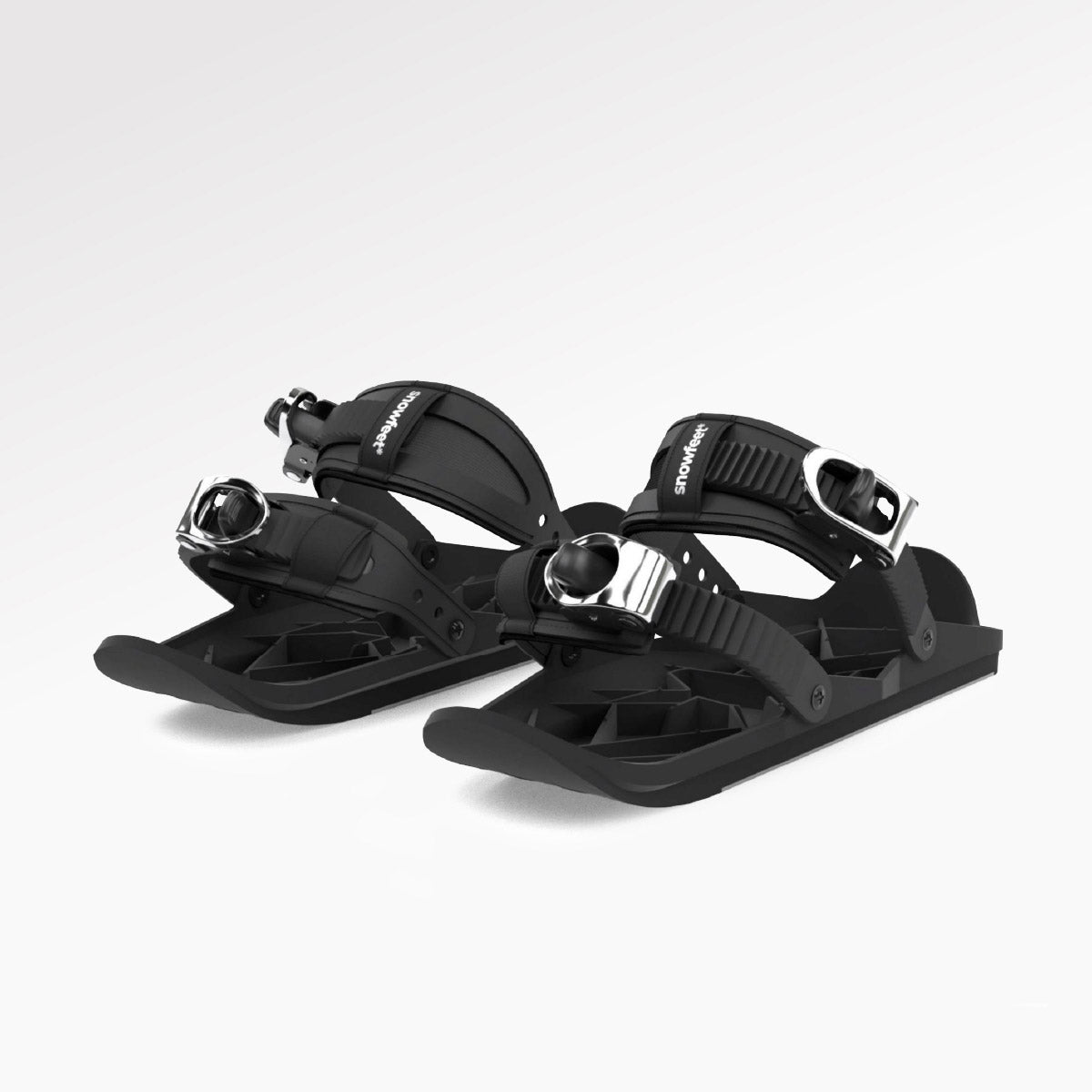





Zanechte komentář
Tento web je chráněn službou hCaptcha a vztahují se na něj Zásady ochrany osobních údajů a Podmínky služby společnosti hCaptcha.